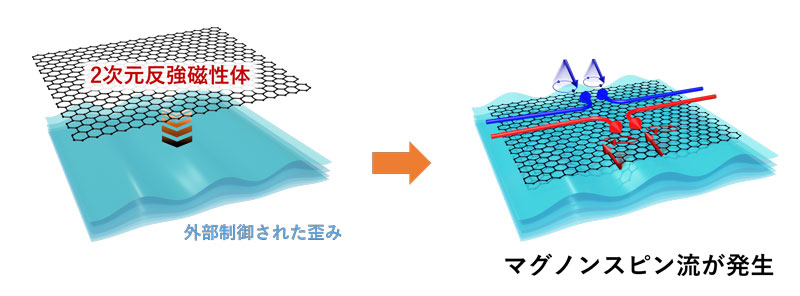2024-06-06 アリゾナ大学
 An artist’s impression of a young star surrounded by a rotating disk of gas and dust.
An artist’s impression of a young star surrounded by a rotating disk of gas and dust.
NASA/JPL-Caltech
<関連情報>
- https://news.arizona.edu/news/webb-telescope-finds-plethora-carbon-molecules-around-young-star
- https://www.science.org/doi/10.1126/science.adi8147
- https://iopscience.iop.org/article/10.1088/0004-637X/696/1/143
超低質量星の周りの円盤に豊富な炭化水素 Abundant hydrocarbons in the disk around a very-low-mass star
A. M. ARABHAVI, I. KAMP,TH. HENNING ,E. F. VAN DISHOECK […], AND G. ÖSTLIN
Science Published:6 Jun 2024
DOI:https://doi.org/10.1126/science.adi8147
Editor’s summary
In most astronomical objects, carbon and oxygen have similar abundances. However, in regions cool enough for molecules to form, the resulting chemistry can be carbon or oxygen rich depending on their relative abundances. Arabhavi et al. used midinfrared spectroscopy to investigate the protoplanetary disk around a young low-mass star, finding that its spectrum is dominated by small hydrocarbon molecules, which indicates a high carbon/oxygen ratio in the inner disk gas. The authors discuss possible mechanisms to produce this carbon enrichment and suggest that it could influence the composition of any planets that form within the disk. —Keith T. Smith
Abstract
Very-low-mass stars (those less than 0.3 solar masses) host orbiting terrestrial planets more frequently than other types of stars. The compositions of those planets are largely unknown but are expected to relate to the protoplanetary disk in which they form. We used James Webb Space Telescope mid-infrared spectroscopy to investigate the chemical composition of the planet-forming disk around ISO-ChaI 147, a 0.11-solar-mass star. The inner disk has a carbon-rich chemistry; we identified emission from 13 carbon-bearing molecules, including ethane and benzene. The high column densities of hydrocarbons indicate that the observations probe deep into the disk. The high carbon-to-oxygen ratio indicates radial transport of material within the disk, which we predict would affect the bulk composition of any planets forming in the disk.
太陽のような星と冷たい星の周りの円盤におけるガスと塵の異なる進化 THE DIFFERENT EVOLUTION OF GAS AND DUST IN DISKS AROUND SUN-LIKE AND COOL STARS
I. Pascucci, D. Apai, K. Luhman, Th. Henning, J. Bouwman, M. R. Meyer, F. Lahuis, and A. Natta
The Astrophysical Journal Published 2009 April 14
DOI:10.1088/0004-637X/696/1/143

ABSTRACT
Planet formation is profoundly impacted by the properties of protoplanetary disks and their central star. However, how disk properties vary with stellar parameters remains poorly known. Here, we present the first comprehensive, comparative Spitzer/IRS study of the dust and gas properties of disks around young Sun-like stars (K1–M5) and cool stars/brown dwarfs (M5–M9). The comparison of these two large samples of over 60 sources reveal major differences in the evolution of both the dust and gas components. We report the first detection of organic molecules in disks around brown dwarfs. The detection rate statistics and the line flux ratios of HCN and C2H2 show a striking difference between the two samples, demonstrating a significant underabundance of HCN relative to C2H2 in the disk surface of cool stars. We propose this to originate from the large difference in the UV irradiation around the two types of sources. The statistical comparison of the 10 μm silicate emission features also reveals a difference between the two samples. Cool stars and brown dwarfs show weaker features arising from more processed silicate grains in the disk atmosphere. These findings complement previous indications of flatter disk structures and longer disk lifetimes around cool stars. Our results highlight important differences in the chemical and physical evolution of protoplanetary disks as a function of stellar mass, temperature, and radiation field which should be taken into account in planet formation models. We note that the different chemistry of preplanetary materials in the disk may also influence the bulk composition and volatile content of the forming planets. In particular, if exogenous HCN has played a key role in the synthesis of prebiotic molecules on Earth as proposed, then prebiotic chemistry may unfold differently on planets around cool stars.



